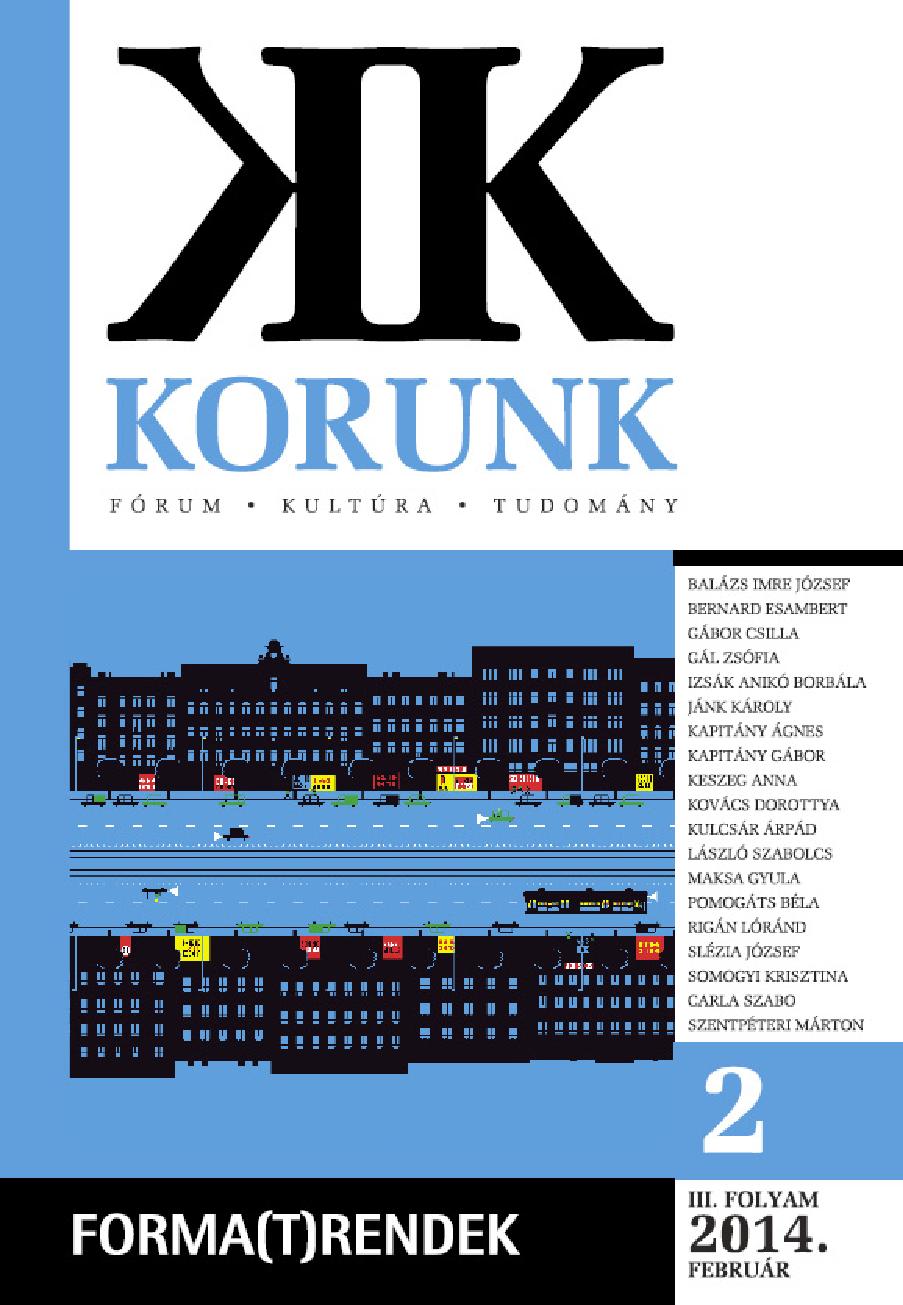A dizájnkultúra csinosodása. Avagy hogyan műveljük a dizájnkultúra tudományát
Culturing Design Culture
Author(s): Márton SzentpéteriSubject(s): Fine Arts / Performing Arts, Visual Arts
Published by: Korunk Baráti Társaság
Keywords: design culture; cultural studies; third culture; science; humanities; liberal humanism; liberal education
Summary/Abstract: Claiming that recently emerging design culture studies provide genuine new knowledge, Márton Szentpéteri intends to draw attention to the fact that design – understood here as third culture – can bridge the gap between science and humanities, the two cultures of the famous debate between Charles Percy Snow and Frank Raymond Leavis dating back to the mid-20th century. Assuming this the author states that the most authentic way of understanding design culture is most likely embodied in the autonomous and post-disciplinary intellectual enterprise of design culture studies. In this endeavor, however, he identifies an inborn contradiction between the seemingly value free notion of culture in the framework of cultural studies and that of liberal humanism strongly connected to classical values that nurture the individual nature of a human being. Acknowledging the legitimacy of both points of view simultaneously, he asks the proverbial question: how can we eat our cake and have it in the very same time? In most of his essay he argues, consequently, in favor of re-conciliating the two attitudes emphasizing that cultural studies, like notions of culture, are more relevant with respect to the object and method of study, whereas culture understood in terms of liberal humanism is more pertinent to why we study design culture. The second perspective foregrounds the author's thesis according to which design at universities is best taught in the context of liberal education and learning instead of solely being part of vocational education and training. Finally, considering the peculiar importance of the designerly ways of knowing, Szentpéteri emphasizes that the cultivation of design culture produces unique knowledge that educates its committed student as well, complementary to the way in which science and humanities do it.
Journal: Korunk
- Issue Year: 2014
- Issue No: 02
- Page Range: 8-20
- Page Count: 13
- Language: Hungarian

